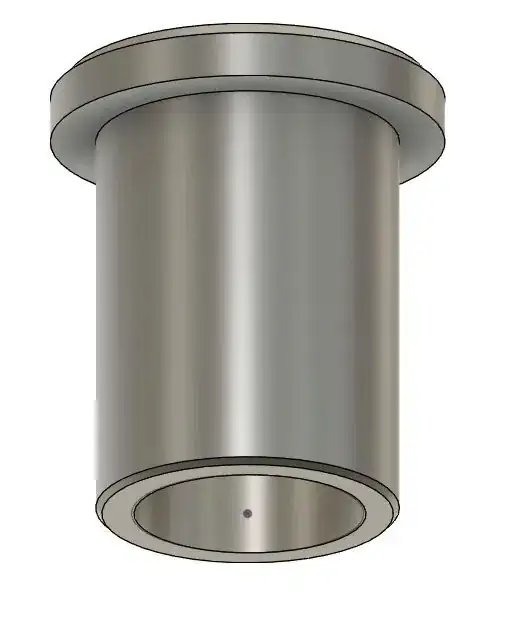I am new to 3D printing but have been in CNC Machining for a few years. I have a part I am trying to print that is a cylinder 1.000 in. in diameter and has a .200 in overhang starting at 1.300 in. In other words I am printing a 1.300 in. cylinder that is 1.500 in. tall that at 1.300 in. its diameter increases by .200 in.
When I first printed the part the overhang had sunk or fallen out. Not by much and is still usable but made a crappy finish. What would I need to do in order to have the overhang not drop as the base layer extended outward .200 in. at 1.300 in.?
I tried slowing the feed rate but that was worse. I also lowered the temp to 195 °C.
I am using a Monoprice Select Mini running at 200 °C and a 1.0 Speed (Not really sure what that feed rate is in terms of mm/s). Based on what I've seen so far I would increase the speed and keep the temp at 200 °C.
Any suggestions, I hope I have explained my problem well enough.
